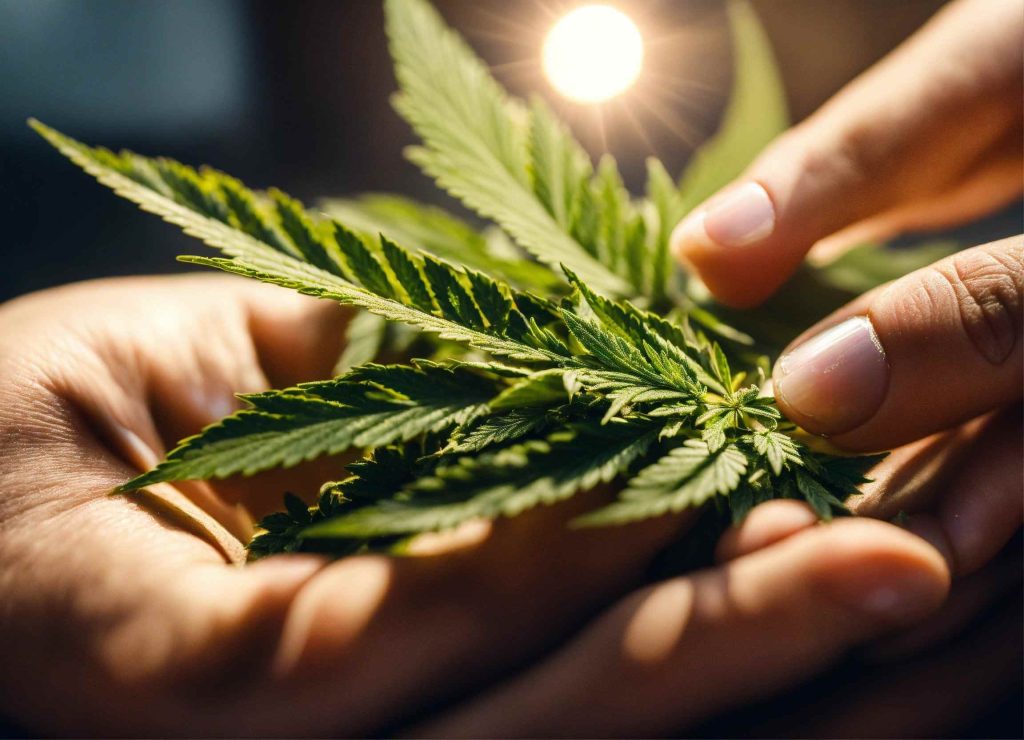When we look at the interesting world of cannabis, THC is what we notice the most. THC is well-known for making you feel high when you use cannabis.
The effects of THC can last for anywhere from 4 to 8 hours, offering a wide range of experiences based on the intensity and duration of its effects. But ever wondered how long this effect lasts or what influences its duration? That’s what we’re here to uncover, focusing on the concept of half-life and its impact on the cannabis experience.
What is Half-Life? Understanding the Concept
In pharmacokinetics, half-life refers to the time required for a substance’s concentration to reduce to half its initial amount in the body. This concept is pivotal in understanding the duration of a drug’s effects and how long it remains in the system, influencing everything from the intensity of the high to its potential detectability in drug tests.
THC’s Journey in the Body
- Absorption and Distribution: Once THC enters the body, it’s absorbed and distributed, primarily through the bloodstream, finding its way to the brain, where it exerts its psychoactive effects. But THC doesn’t stop there; it transforms.
- Metabolism: The liver plays a crucial role in this stage, metabolizing THC into various metabolites, which eventually are prepared for elimination. This process is key to understanding how long THC stays active and detectable in the system.
- Elimination: Finally, THC and its metabolites make their exit from the body, primarily through excretion. This elimination process is the final step in THC’s journey, marking the end of its effects.
Factors Affecting THC Half-Life
- Metabolic Rate: An individual’s metabolic rate is a significant factor in determining the half-life of THC. Simply put, the faster one’s metabolism, the quicker THC is broken down and eliminated.
- Usage Patterns: It’s also noteworthy that THC’s half-life can vary significantly between occasional and chronic users, with the latter potentially experiencing a longer duration of detectability.
High: Duration and Intensity
- Correlation with Half-Life: The half-life of THC is directly linked to how long and how intensely one experiences its psychoactive effects. As THC levels in the bloodstream decrease, so does the potency of the high.
- Beyond the Peak: Post the peak of the high, THC levels begin to taper off, leading to a gradual decrease in the psychoactive experience. This decline is a direct consequence of THC’s half-life and its metabolic breakdown.
Implications of THC Half-Life
Drug Testing: The half-life of THC has practical implications, particularly in the context of drug testing. The duration of THC and its metabolites linger in the body can influence the outcome of such tests, sometimes days or weeks after use.
Legal and Health Considerations: Understanding the half-life of THC is crucial not just for users but also for policymakers, as it has significant legal and health implications. It’s a reminder of the complexities surrounding cannabis use and the need for informed decision-making.
Final Lines
Understanding how long THC stays in your body helps us understand many things about using cannabis, like how long you’ll feel high and how likely it is for drug tests to detect it. As we learn more about cannabis, we realize there’s still a lot we don’t know, so more research is necessary to understand THC’s effects fully.
